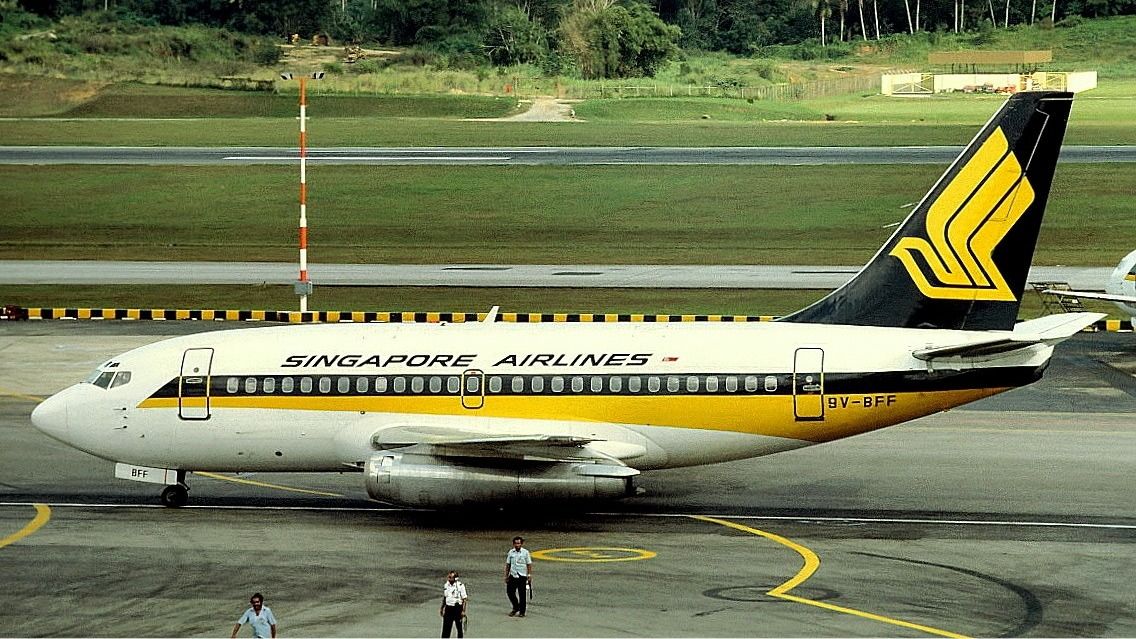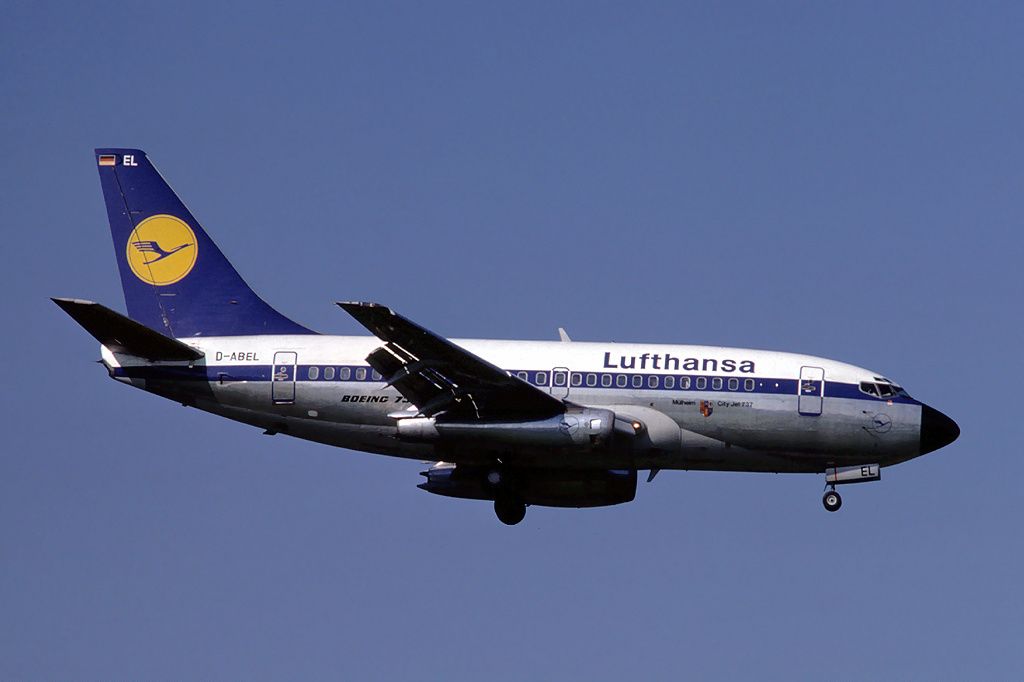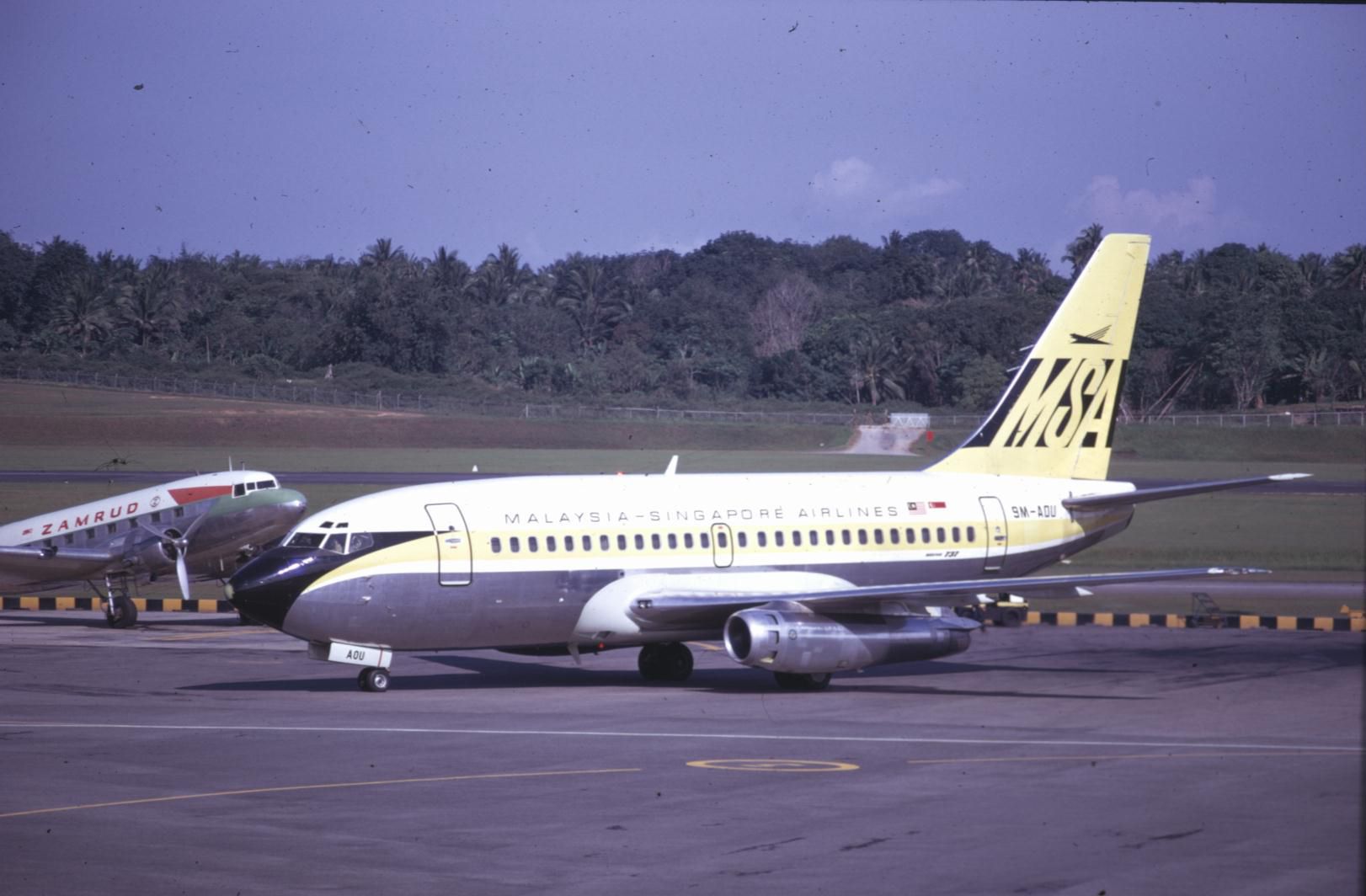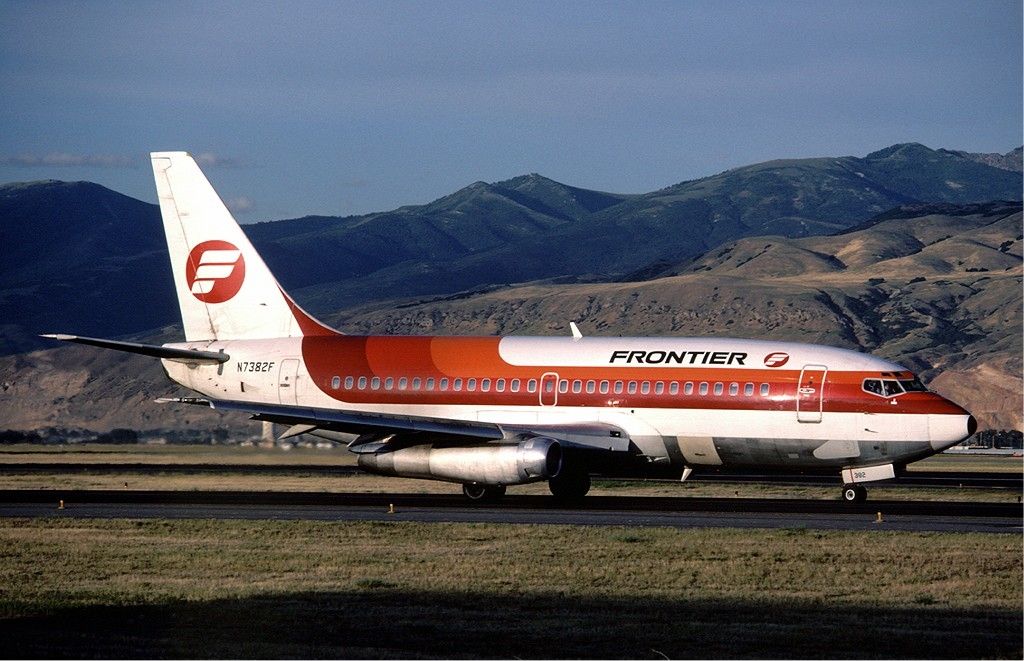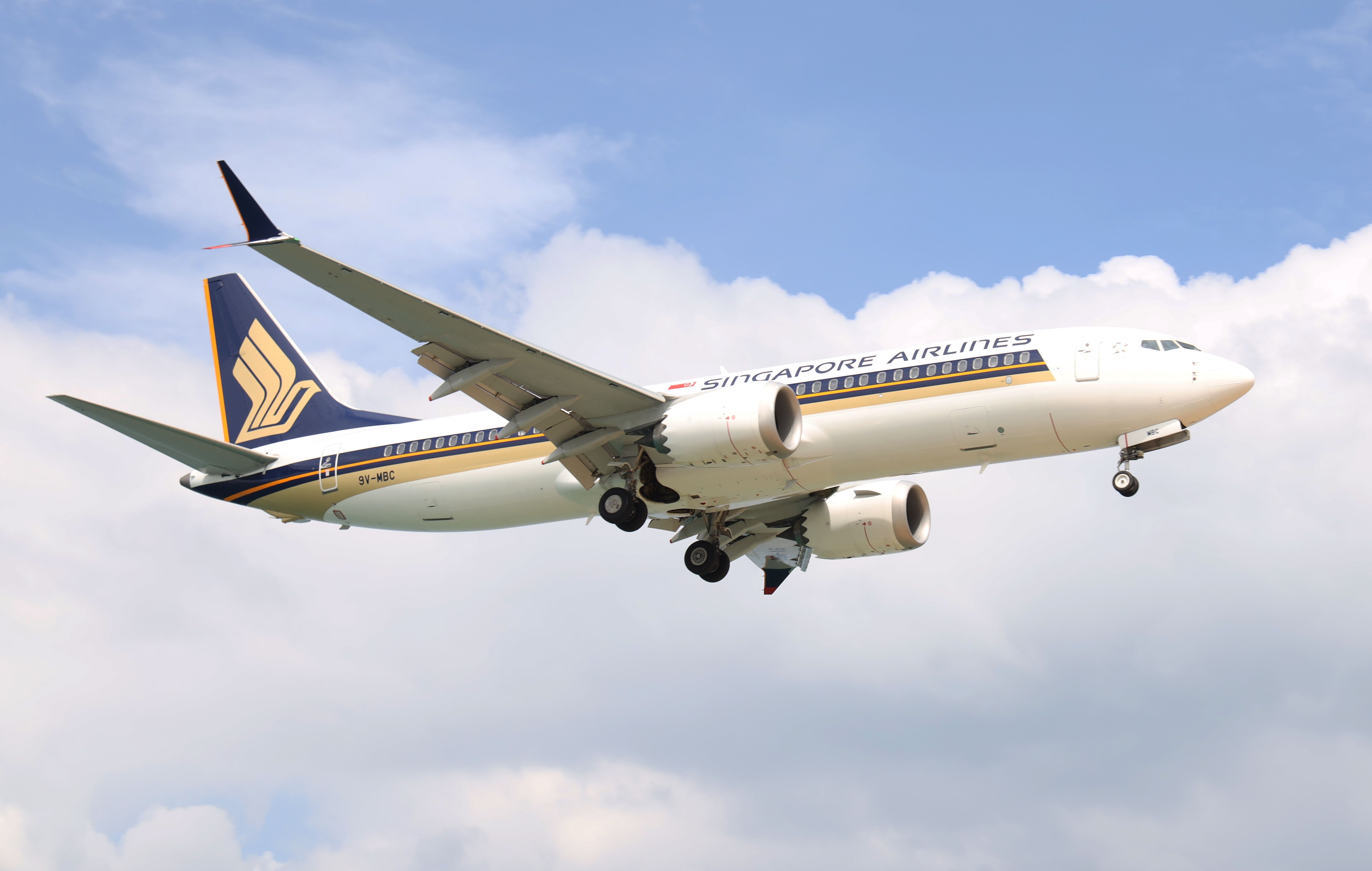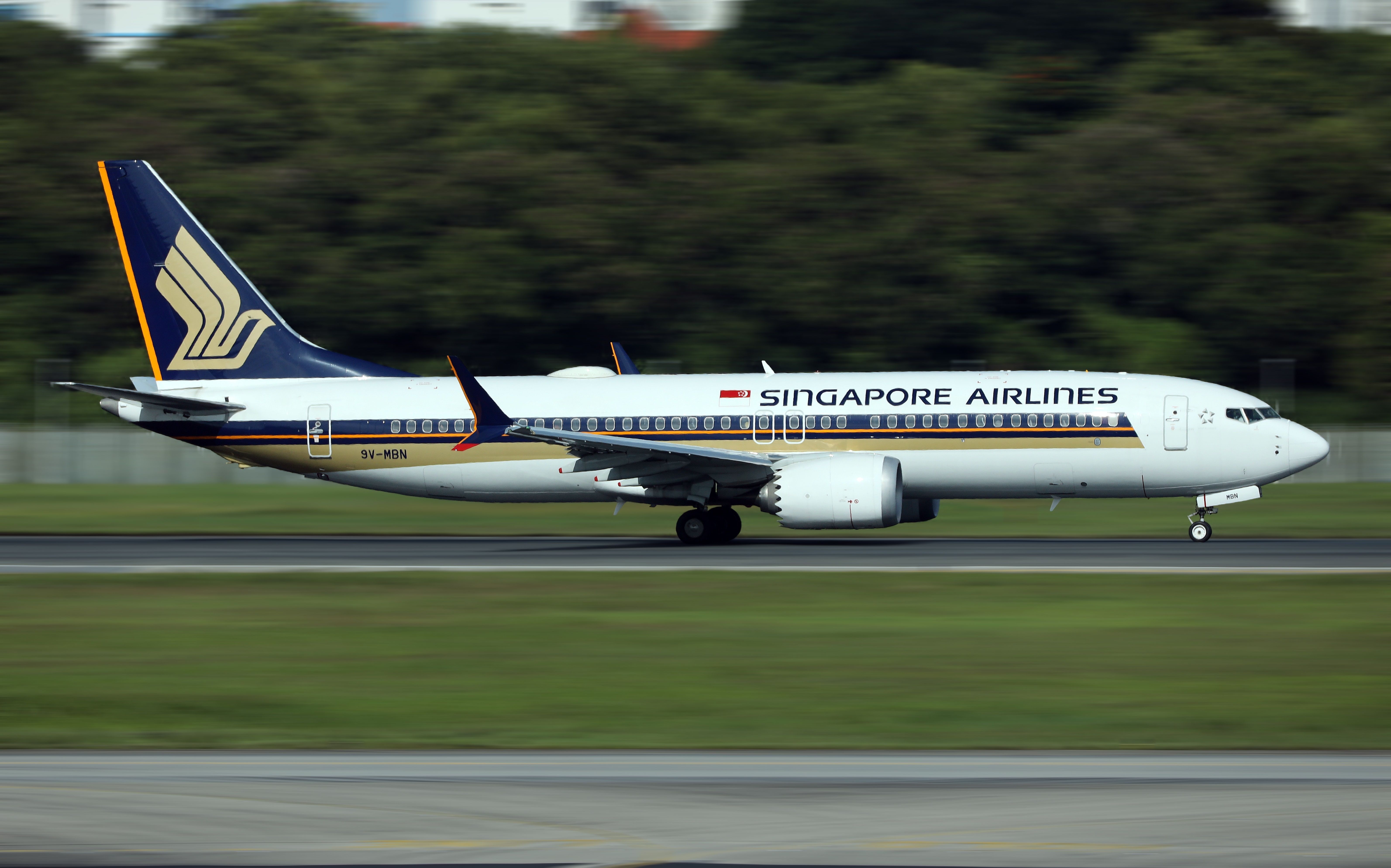Summary
- Singapore Airlines operated five Boeing 737-100s, the largest operator of this plane type.
- A single 737-200 also was in Singapore Airlines’ fleet but left after two months.
- The carrier now focuses on Boeing 737-800 and MAX 8, deploying the aircraft on regional routes.
While the majority of Singapore Airlines’ current fleet is made up of widebody aircraft, the carrier also flies a handful of single-aisle jets. These come from the Boeing 737 family, with ch-aviation listing 16 737 MAX 8 and seven 737-800 aircraft in the carrier’s current fleet. However, in years gone by, Singapore Airlines also operated a small number of aircraft from Boeing’s older 737 Original series.
The Boeing 737 Original Series
The Boeing 737 family represents more than half a century of flight, during which time many different variants have been produced. These have been grouped into sub-fleets known as the Boeing 737 Original, Classic, Next Generation, and MAX series. As the name suggests, the Original series was the first to take to skies.
It did so for the first time in April 1967, when the Boeing 737-100 made its first flight. The type entered commercial service with German flag carrier Lufthansa less than a year later, in February 1968. The 737-100 was the first of two variants in the 737 Original series to be produced, and the US manufacturer built a total of 30 examples.
Meanwhile, the Boeing 737-200 entered service with United Airlines two months later, in April 1968. What set this version of the twinjet apart from the 737-100 was its longer fuselage, causing its length to be stretched from 28.65 meters (94 feet) to 30.53 meters (100 feet). Across all sub-variants, Boeing produced over 1,000 737-200s, with the three largest operators being United Airlines (100), Delta Air Lines (75), and Southwest Airlines (64).
Singapore Airlines’ Boeing 737-100s
Singapore Airlines flew five Boeing 737-100s, making it the largest operator of the type. According to data from ATDB, the first, registered as 9V-BFF, arrived at the airline in September 1972, with the remaining four joining the fleet just a few weeks later.
Their arrivals came just in time for the start of Singapore Airlines’ operations as an independent entity, which took place in October 1972. Previously, it had been part of the larger Malaysia-Singapore Airlines (MSA), which split into two carriers in the early 1970s. The 737-100s had joined MSA brand-new between July and October 1969.
All in all, the Boeing 737-100 served the newly-formed Singapore Airlines for less than a decade. All of them were transferred to US low-cost carrier Air Florida between May 1979 and August 1980, and they continued to serve various carriers further down the line. One was written off after a nosegear collapse while later operating for Copa Airlines in 1993, and the others have since been scrapped.
A single 737-200
In addition to its five Boeing 737-100 aircraft, Singapore Airlines also operated a single example of the larger (but still rather small by today’s standards) 737-200. Registered as 9V-BCR, this aircraft also joined the carrier in September 1972.
However, its time at the airline was considerably shorter than its smaller 737-100 counterparts. All in all, it spent just two months at Singapore Airlines, before leaving in November 1972. A month later, it moved to the US to join Frontier Airlines as N7382F. It was eventually scrapped in 2001 after a 30-year career.
Singapore Airlines’ current Boeing 737 fleet
Today, Singapore Airlines operates more modern versions of the Boeing 737 – the 737-800 and the 737 MAX 8, seating 162 and 154 passengers, respectively, in a two-class configuration. The carrier is still awaiting delivery of a further 13 Boeing 737 MAX 8s, bringing the total number in its fleet to 29.
Photo: KITTIKUN YOKSAP | Shutterstock
From its hub at Singapore Changi Airport (SIN), Singapore Airlines deploys the aircraft on regional routes – for example, data from Flightradar24 shows that a typical day for one of the airline’s 737-800s (9V-MGC) is made up of four to six flights, with destinations including:
- Penang (PEN)
- Phuket (HKT)
- Phnom Penh (PNH)
- Kuala Lumpur (KUL).
Photo: Kittikun Yoksap I Shutterstock
The airline’s Boeing 737 MAX 8s, on the other hand, tend to be deployed on slightly longer routes across the region. A typical week for the 737 MAX 8 registered as 9V-MBA, for example, includes flights to destinations such as:
- Darwin (DRW)
- Cochin (COK)
- Chengdu (TFN)
- Chongqing (CKG).
Singapore Airlines has a small but growing fleet of narrowbody Boeing 737 aircraft. However, the vast majority of the airline’s fleet is made up of widebody aircraft, including 57 Airbus A350-900s, making it the largest operator of the type. The carrier also has seven A350-900ULRs, which feature only premium economy and business class seating, and are deployed on ultra-long-haul routes such as Singapore (SIN) to New York (JFK), Newark (EWR), and Los Angeles (LAX).

